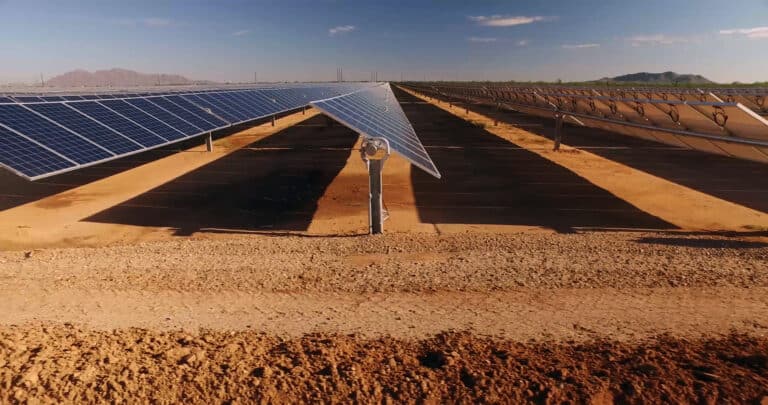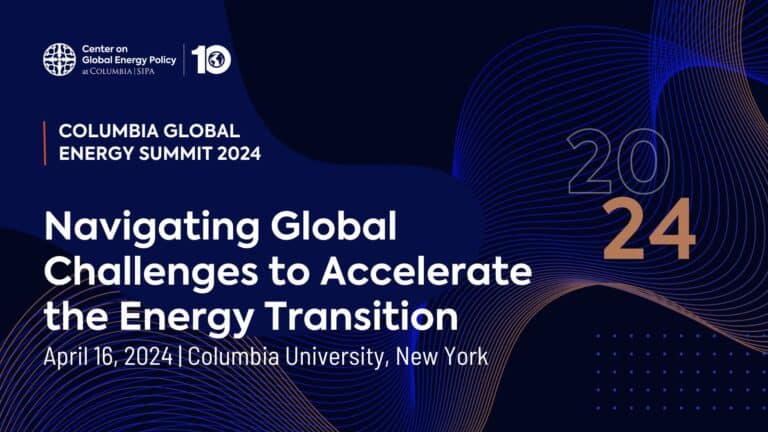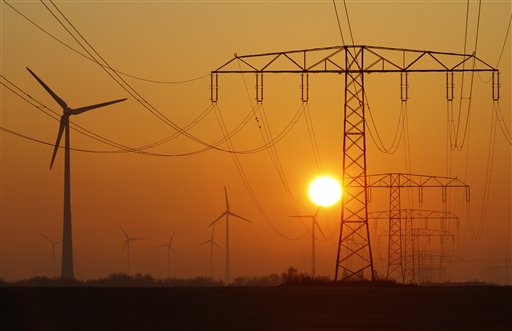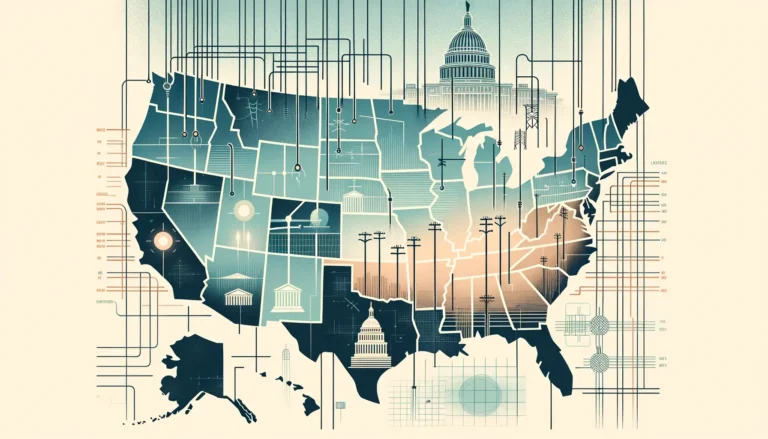This report represents the research and views of the author. It does not necessarily represent the views of the Center on Global Energy Policy. The piece may be subject to further revision. Contributions to SIPA for the benefit of CGEP are general use gifts, which gives the Center discretion in how it allocates these funds. Rare cases of sponsored projects are clearly indicated.
For a full list of financial supporters of the Center on Global Energy Policy at Columbia University SIPA, please visit our website at Our Partners. See below a list of members that are currently in CGEP’s Visionary Annual Circle. This list is updated periodically.
-
CGEP’s Visionary Annual Circle
-
Corporate Partnerships
Occidental Petroleum Corporation
Tellurian Inc
Foundations and Individual Donors
Anonymous
Anonymous
the bedari collective
Jay Bernstein
Breakthrough Energy LLC
Children’s Investment Fund Foundation (CIFF)
Arjun Murti
Ray Rothrock
Kimberly and Scott Sheffield
Executive Summary
Upgrading the US electric grid is vital to a successful energy transition. Transmission expansion lowers electricity costs for consumers; speeds deployment of new generation resources; provides economic opportunities for communities; increases system reliability, particularly in the face of extreme weather events; and enables large-scale transfers of power from areas of the country with high renewable energy potential to customers. But experience over the past twenty years has shown that new transmission projects often face extensive delays, impeding or even denying these potential benefits to consumers and communities. In response, policymakers at the state and federal level are considering reforms to transmission finance, cost allocation, siting and permitting, advanced technologies, and other areas to help jumpstart the United States’ currently moribund transmission expansion processes.
As part of this process, policymakers and other stakeholders are debating the merits of various transmission planning policies in terms of project success, but the impact of specific variables can be hard to quantify. This can lead stakeholders to rely largely on anecdotal or qualitative arguments to support their positions. The wide variation in the way utilities are regulated and transmission planning processes are implemented across the United States further compounds the difficulty of evaluating the relative effectiveness of different transmission planning policies.
This report, a joint project of the Non-Technical Barriers to the Clean Energy Transition Initiative and the Energy Systems Modeling and Analytic Platform at the Center on Global Energy Policy, Columbia University SIPA, applies a data-driven approach to this policy debate. Using statistical analysis and machine learning models to analyze a dataset from the data company MAPSearch of planned transmission projects of at least 100 kilovolts (kV) conceived between 2005 and 2023, which includes more than 1,300 transmission projects, the report provides a systematic assessment of the impact of key variables on the likelihood that a proposed transmission line will actually be built. The results of this assessment can help those interested in expanding transmission infrastructure understand which variables may be worth prioritizing in a particular geographical area or region, given its unique combination of attributes, needs, and challenges.
The report finds that the most impactful variables to transmission project success include the following:
- Regional and state support. Markedly more transmission is being built in parts of the country with strong regional transmission planning programs and state support for transmission, including New York and Texas. Areas characterized predominantly by vertically integrated utilities (i.e., utilities that own generation, transmission, and distribution assets within a given franchise territory on a monopoly basis), particularly in the Southeast and Northwest, have seen substantially less transmission expansion, with the exception of the Southwest, where significant new transmission is in the planning stage.
- Interstate vs. intrastate. Transmission projects that cross state boundaries are approximately 7% less likely to reach completion than intrastate projects, though merchant developers are slightly more successful at developing interstate projects than regulated utilities.
- Project goal. Transmission projects designed to increase economic efficiency (i.e., where consumer savings exceed the costs of the transmission, on an annualized basis) are largely missing in the Southeast and the Mid-Atlantic region’s PJM Interconnection (PJM) market, one consequence of which is that customers in these regions are not enjoying the full scope of potential transmission benefits. This is potentially due to a less mature transmission planning process and less favorable regulatory climate.
- Choice of utility business model. Merchant transmission developers are approximately 14% more successful at developing high-voltage direct current (HVDC) projects than traditional regulated public utilities. Vertically integrated utilities, on the other hand, are approximately 10% more likely to succeed at developing reliability projects (i.e., those upgrades needed to address grid reliability violations) than merchant transmission developers and 5% more likely to succeed at developing multi-value driver projects (i.e., those involving more than one purpose).






